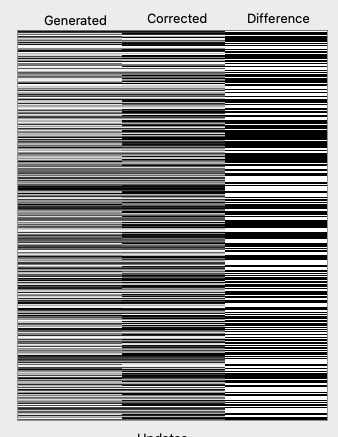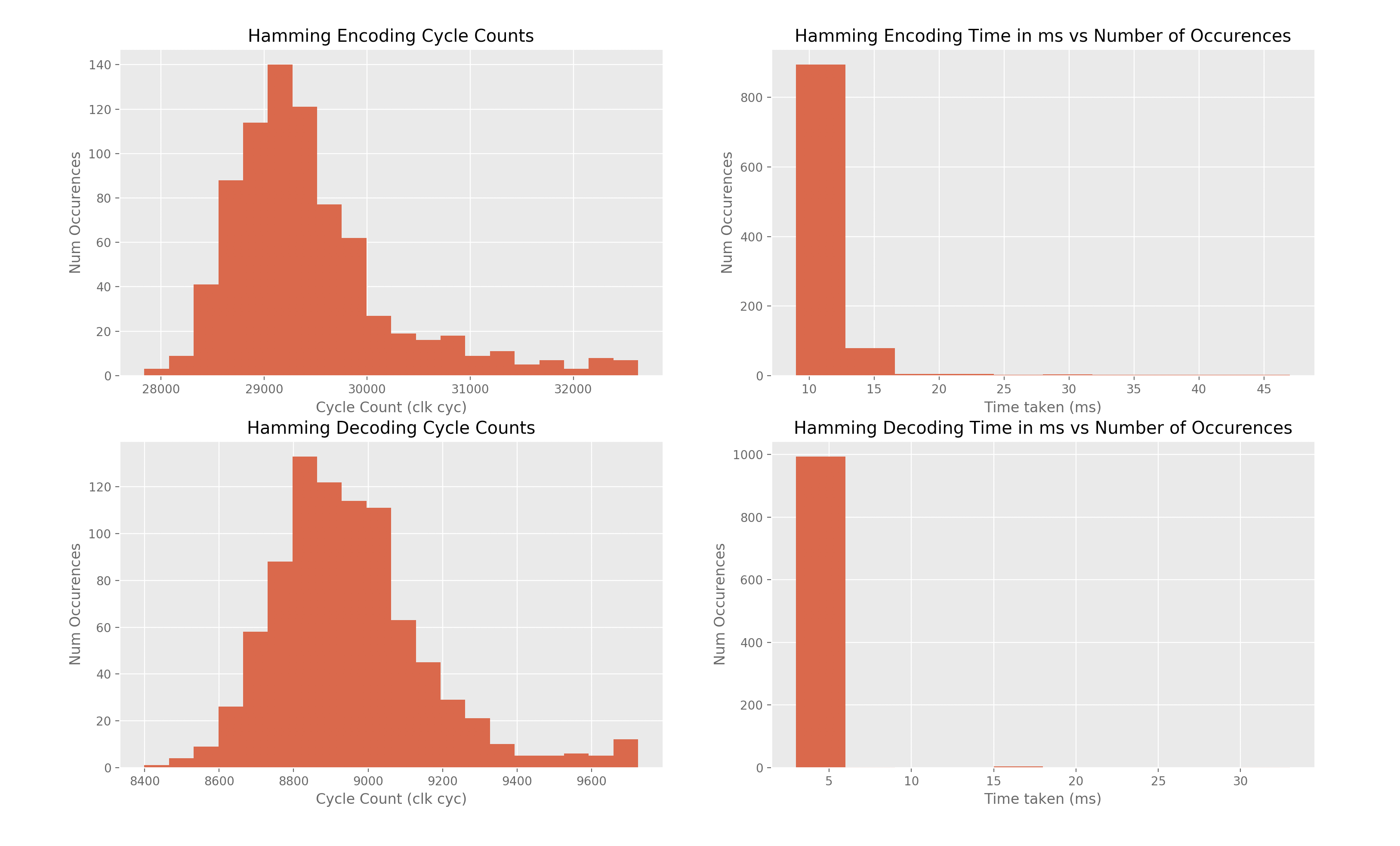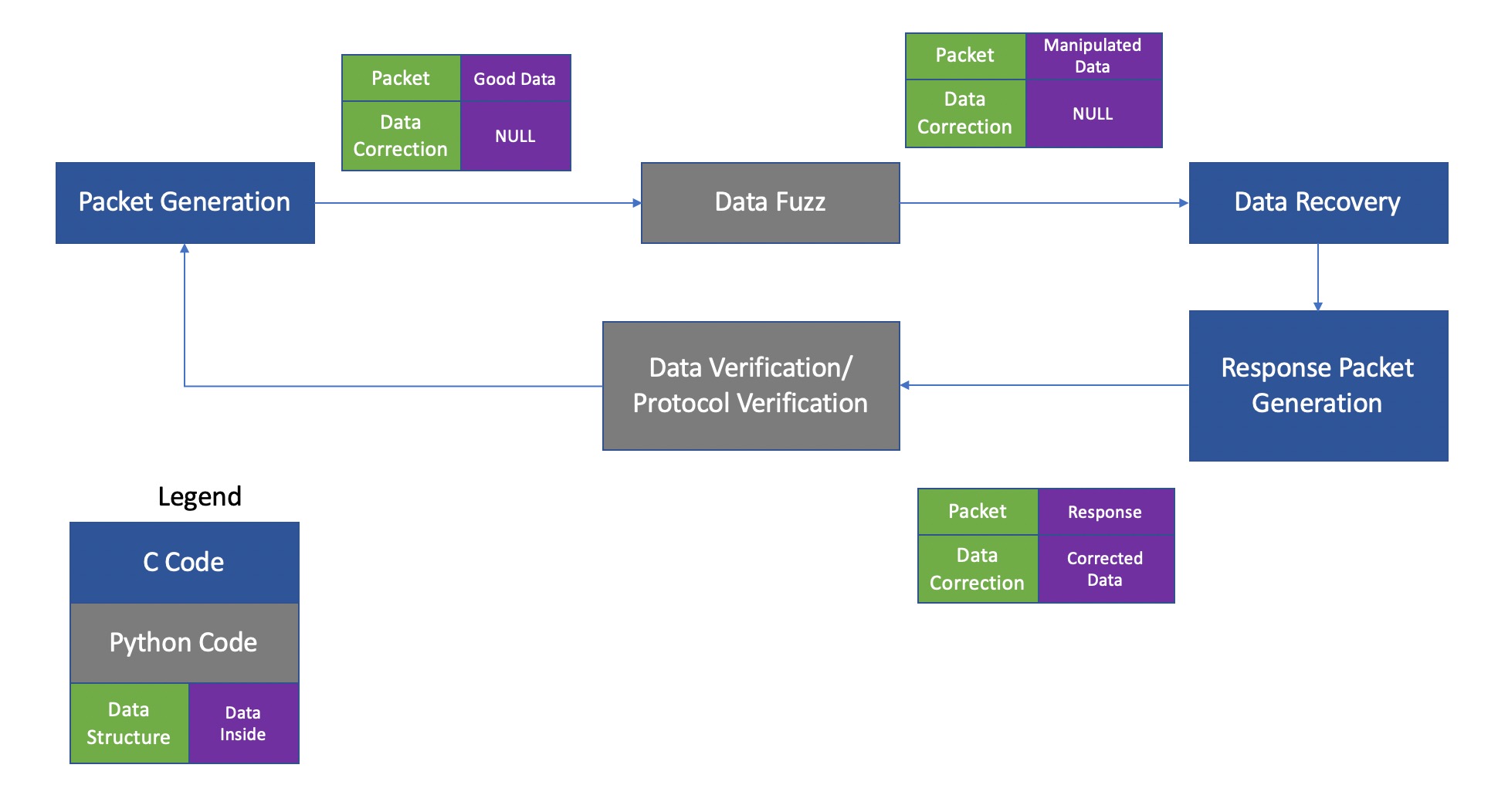What did you personally accomplish this week on the project? Give files or photos that demonstrate your progress. Prove to the reader that you put sufficient effort into the project over the course of the week (12+ hours).
I worked on the general structure for what we want to design for I2C.
Most of my work will be under this post I2C Suggestion.
We had to rethink how we were setting up the general structure for these serial protocols. For the most part, we figured that we needed a wrapper for most of the data transmission as passing single data frames is neither space nor time efficient. This is shown in the presentation, but is not a fully solved problem.
I’m having trouble deciding where we should cutoff for constraints vs motivation. In my mind, it very rarely seems like an I2C would want to send more than 255 bytes at any one time, but need to find my justification and reasoning behind it before I commit to the limitations.
I also worked on the design presentation which was formally putting our ideas in a presentable format for next week’s presentation.
Is your progress on schedule or behind? If you are behind, what actions will be taken to catch up to the project schedule?
We are slightly behind schedule, in my opinion. I wanted to have working code, but the simulation itself is hard to implement.
My plan of action is this:
Write the simulation code for I2C and UART.
Write the packet generation code for I2C and UART.
Write the wrapper function for I2C.
If I can get these goals done, then I will be able to catch myself back up since we should be able to just transfer my code onto the real hardware.
What deliverables do you hope to complete in the next week?
Listed above.



